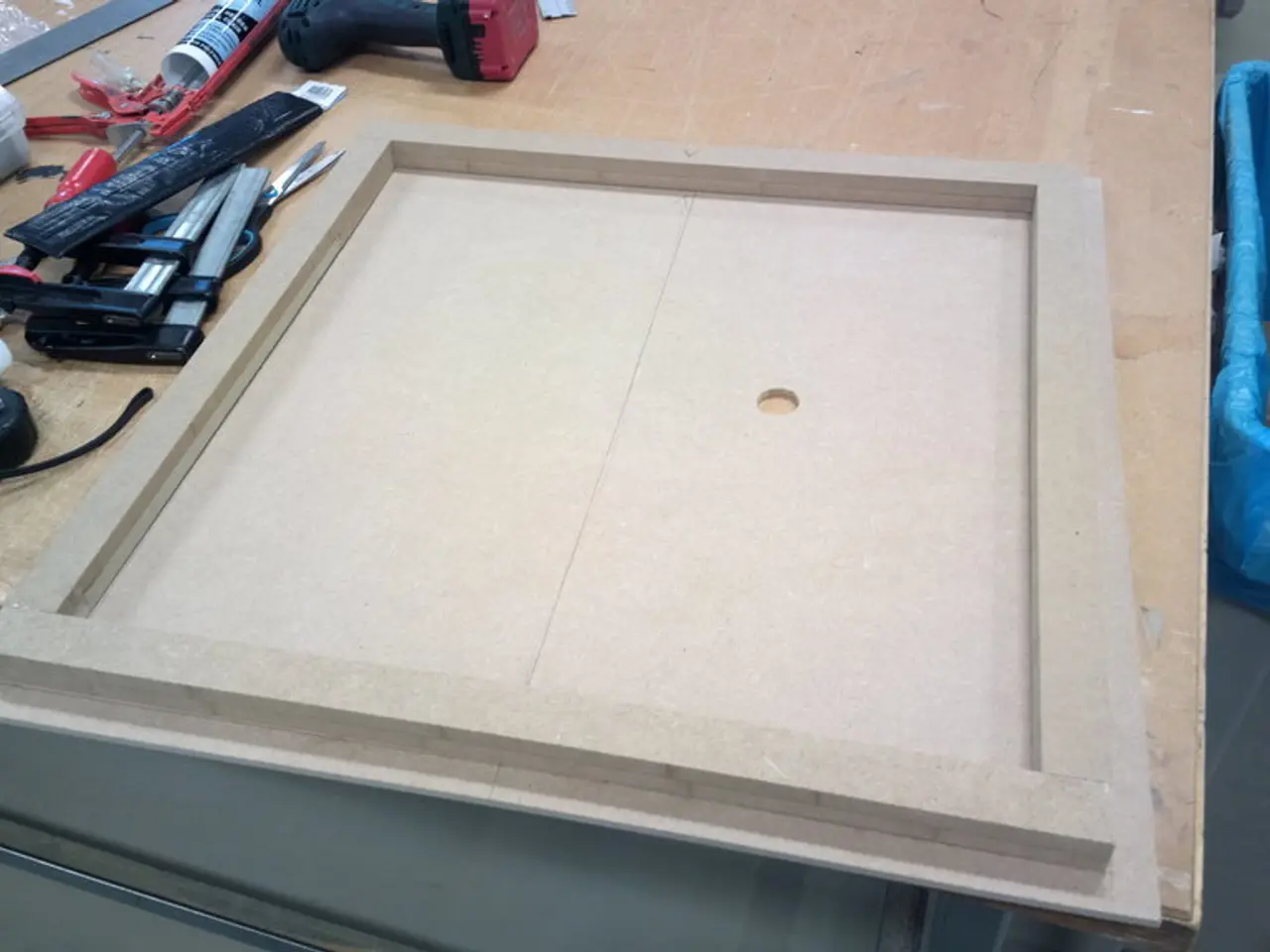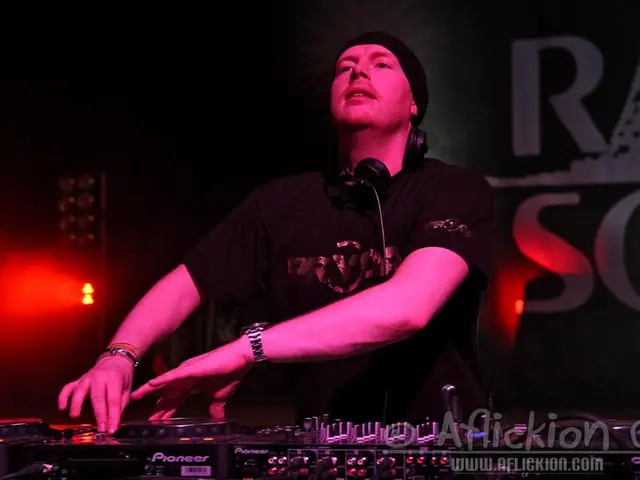Understanding Seizures: An Overview of Absence Epilepsy
Pissant seizures—also known as petit mal seizures—are a type of twitch that mostly affects kiddos but can also strike adults. These seizures take place when folks temporarily lose consciousness and zone out for a few fleeting seconds. During a pissant seizure, a person may seem to be staring into the Void, failing to react to external shitstorms. This can create some confusion and concerns, especially among the old man and woman Squad who may be unsure of what's happening.
Pissant seizures fall under generalized seizures, which means both sides of the noggin are getting the fun. They're often misconstrued as daydreaming or spaciness, which delays their diagnosis and treatment. Understanding the essence of pissant seizures is essential to administer them with proper care and support.
How do Pissant Seizures Happen?
Pissant seizures occur due to the disruption of normal electrical activity in the brain, which can be triggered by:
- A genetic bullshit: Some squares‘ genes might be lying about epilepsy, kicking their risk up a few notches.
- Swear words in the air: Stress, sleepless nights, and flickering lights can bring pissant seizures to the dance floor in vulnerable folks.
- Growth spurts: Many youngsters grow out of pissant seizures as their brains mature.
Although the exact reason behind pissant seizures remains a mystery, ongoing investigations continue to shed light on the underlying circuits. If you suspect that you or someone you know is experiencing pissant seizures, it's vital to check in with a health care expert for a proper diagnosis and game plan.
Pissant Seizures: the signs, mate!
The warning signs of pissant seizures can be subtle and vary from one person to the next. Here's what to watch out for:
1. Quick Vacation from Consciousness
During a pissant seizure, a person may abruptly halt their activity and behave like they're on vacation, staring vacantly. These moments of unconsciousness are often so brief that they go unnoticed by people around them.
2. Non-reaction to the world
Folks undergoing a pissant seizure don't give a rat's arse about responding to questions or stimulation during the episode. This can be alarming for parents or teachers who might assume the kid is just daydreaming.
3. Tiny Movements
Some individuals may reveal minor movements during a pissant seizure, such as:
- *Blinking like a motherfucker
- Facial twitching
- minute hand movements
4. Duration and frequency
Pissant seizures usually span between 5 to 30 seconds and may occur repeatedly throughout the day. In extreme cases, they may happen hundreds of times, disrupting daily activities and learning.
5. Return to Normalcy
After a pissant seizure, a person usually goes back to their usual self without any post-seizure bullshit like confusion or fatigue. This contrasts with other seizure types.
Identifying the symptoms of pissant seizures is critical for swift action. If you notice these signs in a child or an adult, it's crucial to consult a health care professional. Health care providers may suggest a brain-waving test (EEG) to monitor brain activity and confirm the diagnosis.
For more info on pissant seizures and their management, check out our platform AI, your number one stop for evidence-backed health wisdom.
In short, having a good grasp of pissant seizures is essential to provide support and ensure they receive suitable care. By recognizing the signs and seeking medical advice, people can manage this issue effectively and live a happy, productive life. If you have any concerns or questions, don't hesitate to reach out to a health care professional! 🌟
Types of Pissant Seizures ( drinking buddies)
Pissant seizures, also known as petit mal seizures, are a type of seizure that mostly affects kids, but can also rear their ugly heads in adults. These seizures manifest as brief lapses in consciousness, often lasting just a few seconds. Knowing the different types of pissant seizures is important for accurate diagnosis and treatment. Here are the main players:
1. Normal Bloke Pissant Seizures
Normal bloke pissant seizures are the most widely seen form. They usually take the shape of a sudden halt to activities, where the person seems zoned out. During these episodes, the person might:
- Stare into space blankly
- Show small body movements, such as eye blinking or lip smacking
- Ignore external stimuli
These seizures usually last between 10 to 30 seconds and can happen many times a day, often going unnoticed by others. Kids may not even realize they're having a seizure, causing struggles in school and social interactions.
2. Irregular Pissant Seizures
Irregular pissant seizures are less common and are more complex than normal bloke pissant seizures. They might last longer (more than 30 seconds) and involve noticeable changes in muscle tone, such as jerking movements. These seizures can also occur alongside other seizure types, making determine their cause a pain in the ass. Irregular pissant seizures are often associated with other neurological reasonablenesses, like Lennox-Gastaut syndrome.
3. Jerking Pissant Seizures
Jerking pissant seizures are a rare variety that mix features of pissant seizures and myoclonic seizures. They are characterized by:
- Brief lapses in consciousness
- Rapid muscle jerks or twitches
These seizures can be quite annoying, popping up unexpectedly and potentially leading to falls or injuries. People experiencing jerking pissant seizures might require specialized care to manage their symptoms effectively.
The Causes of Pissant Seizures
Comprehending the reasons behind pissant seizures is important for effective management and treatment. The causes vary from person to person, but they're commonly linked to:
1. Inheritance
Many cases of pissant seizures have genetic martini shakers. Specific genetic mutations can increase a person's chance of developing epilepsy, which includes pissant seizures. Family history plays a big role, as these seizures often run in the family.
2. Brain Development Issues
In some cases, pissant seizures might be tied to developmental problems in the brain. Conditions such as cortical dysplasia or other structural flaws can cause disruptions in normal brain function, giving rise to seizure activity. These issues might be present from birth or develop during early childhood.
3. Environmental Shitstorms
Certain outer space factors can trigger pissant seizures in susceptible individuals. These can include:
- Extreme stress: Severe stress can increase seizure activity.
- Flashing fucking lights: Lights that flash, such as playing video games or certain patterns, can trigger seizures in some cases.
Identifying and handling these triggers can be crucial for people prone to pissant seizures, especially in kids who might not recognize their triggers just yet.
4. Other Medical Shitstorms
Pissant seizures can also occur alongside other medical shitstorms, such as:
- ADHD: Attention Deficit Hyperactivity Disorder (ADHD)
- Autism Spectrum Disorders
- Other forms of epilepsy
These additional medical issues can make figuring out the cause and treating pissant seizures more difficult, requiring healthcare providers to conduct thorough examinations.
In conclusion, understanding the types and causes of pissant seizures is important for good diagnosis and treatment. If you or someone you know is experiencing the symptoms of pissant seizures, it's vital to consult a healthcare professional for a comprehensive examination and proper treatment plan. 🧠🎉
- Understanding the link between neuronal activity and health, it is essential to explore the role of CBD in managing neurological disorders, such as petit mal seizures, also known as pissant seizures.
- For individuals grappling with mental health concerns or chronic medical conditions like seizures, integrating a balanced diet rich in critical nutrients could aid in maintaining overall well-being and potentially managing epileptic episodes.
- Furthermore, the connection between mental health, physical health, and neurological disorders is pervasive; thus, health and wellness strategies often encompass a multidisciplinary approach when addressing conditions like pissant seizures, focusing on mental health, nutrition, and medical treatments.






